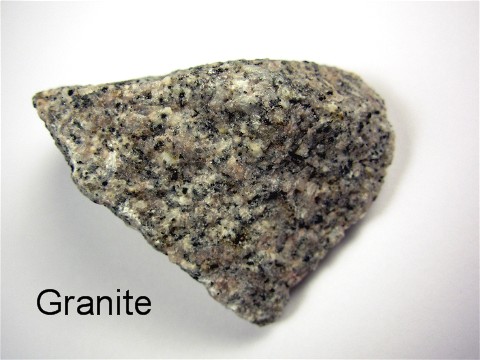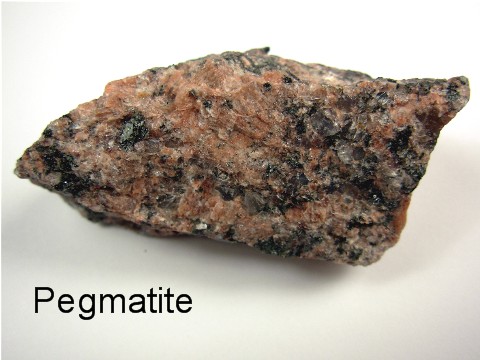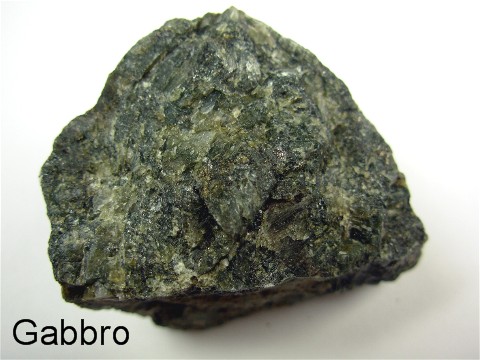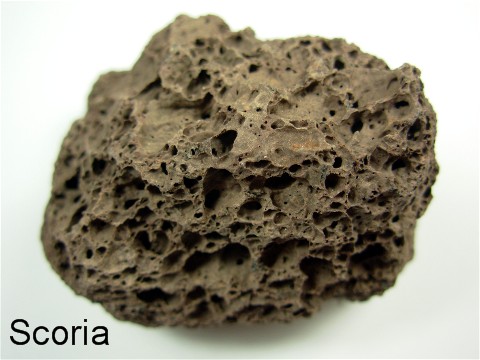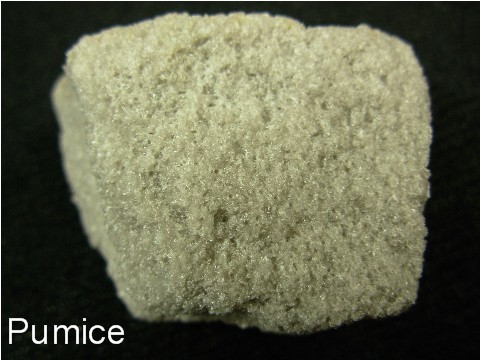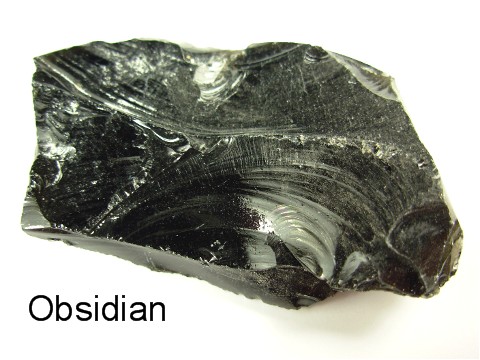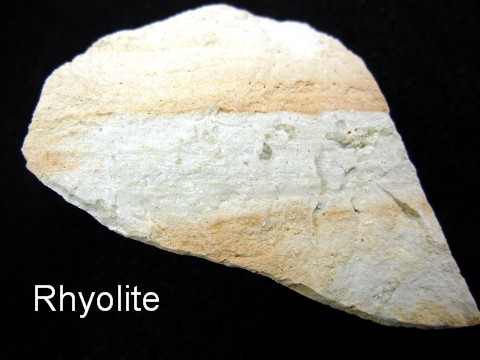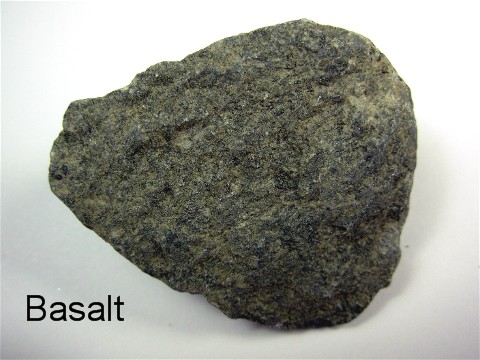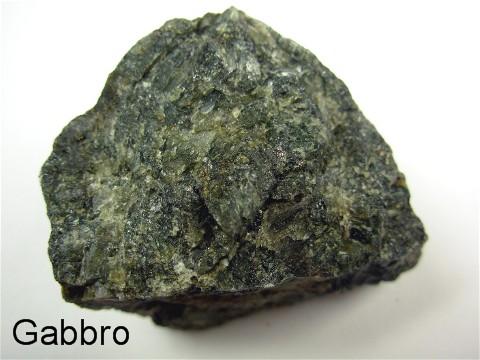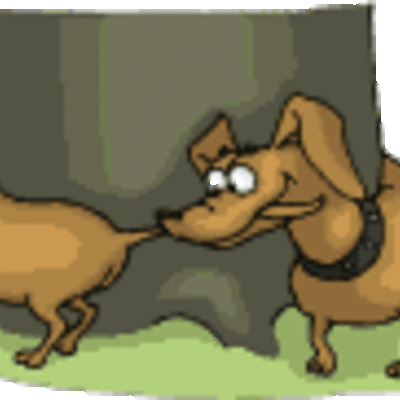SpiritRock Shop "Junior Rockhound Pages"


Igneous Rocks
The oldest type of all rocks is the igneous rock (IG nee us). The word "igneous" comes from a Greek word for fire. Deep inside the earth, the temperature is very high and the minerals there are in liquid form called magma. As the magma pushes towards the earth's surface, it starts to cool and turns into solid igneous rock.
All igneous rocks do not cool the same way. That is why they do not look all the same. Some cool slowly, deep under the earth's surface. These are called Intrusive or Plutonic igneous rocks. The slow cooling formed rocks with large crystals. Granite and Pegmatite are examples of rocks that cooled slowly and have large crystals.

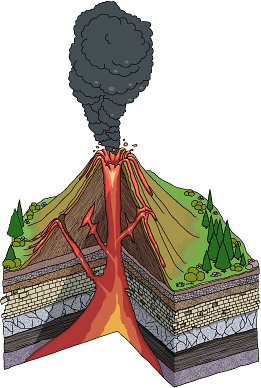

Other rocks formed when the magma erupted from a volcano or reached the earth's surface through long cracks. Magma is called lava when it reaches the earth's surface. Lava cools quickly and forms rocks with small crystals. They are called Extrusive or Volcanic igneous rocks. Basalt is an lled Extrusive or Volcanic igneous rocks. Basalt is an example of this type of rock. Obsidian is another example of extrusive igneous rock but it cooled so fast that it has no crystals and looks like shiny, black glass.
Here are some things to look for in igneous rocks.
Here are some photographs of common igneous rocks. Look for these same forms, patterns and structure in the rocks you find during your rock hunting trips.
See...you are now on your way to becoming a genuine rockhound!
Common Intrusive Igneous Rocks
Common Extrusive Igneous Rocks
Rhyolite and Basalt are called Micro crystalline Alphanitic texture (the mineral grains are too small to be seen with the naked eye) These are formed when lava cools very quickly
Obsidian, Pumice and Scoria are all called Glassy Alphanitic texture
The Scoria's porous textures (Vesicules) are the result of bubbles formed by escaping gases in slower cooling lava.

